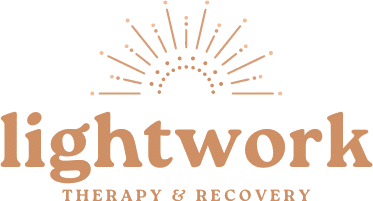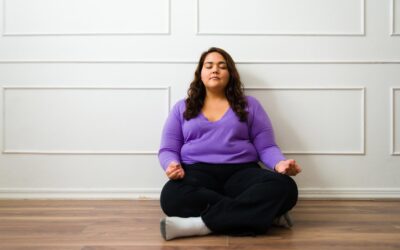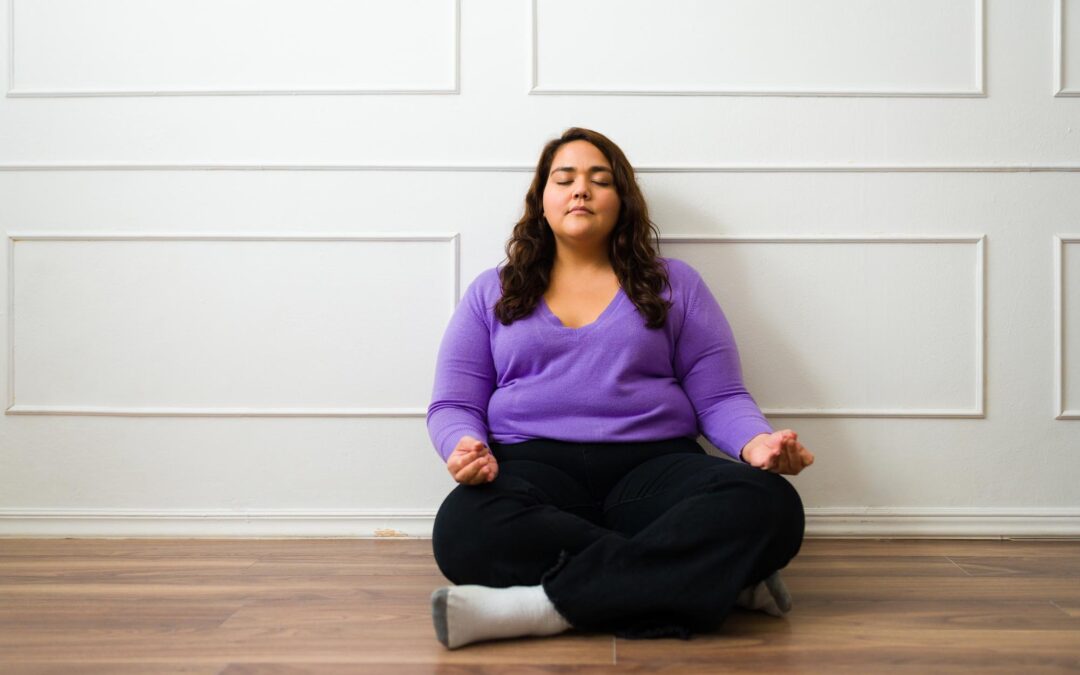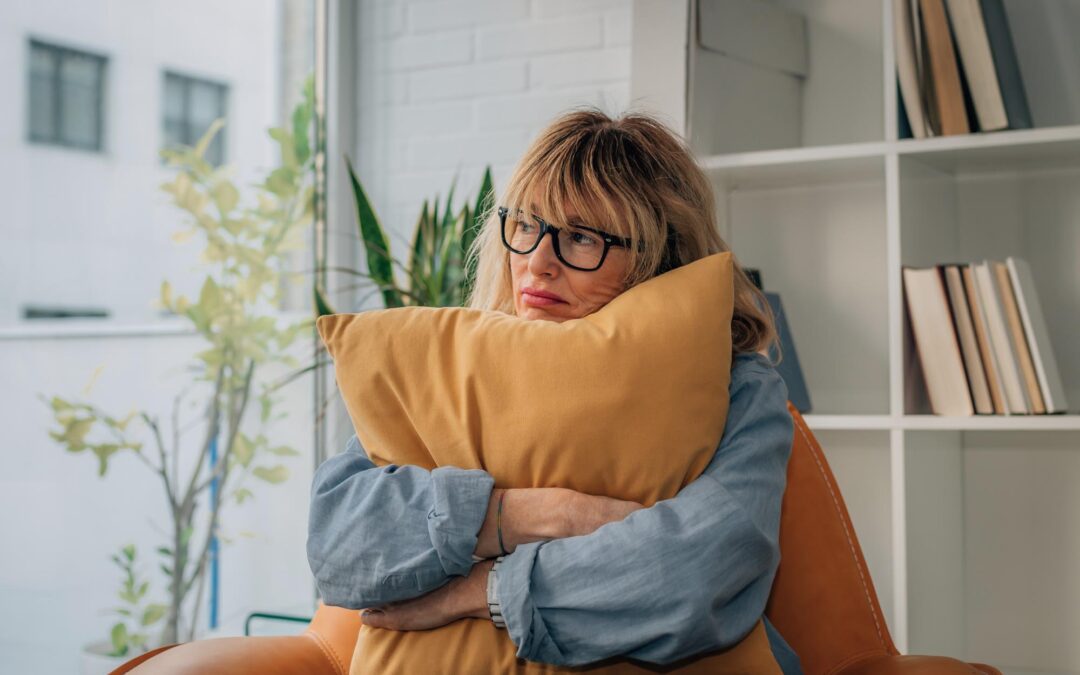Introduction
Research consistently shows that women experience anxiety disorders at nearly twice the rate of men. This stark difference isn’t just a statistical anomaly—it reflects complex biological, social, and cultural factors that shape women’s mental health experiences.
Anxiety disorders in women often manifest through:
- Persistent worry about daily activities
- Physical symptoms like heart palpitations and shortness of breath
- Sleep disturbances
- Difficulty concentrating
Understanding these gender-specific differences is crucial for developing effective treatment approaches. Women face unique challenges that can trigger or intensify anxiety symptoms, from hormonal fluctuations to societal pressures and relationship dynamics.
This comprehensive guide explores the scientific reasons behind women’s increased vulnerability to anxiety disorders. You’ll discover how biological factors, cultural influences, and age-related challenges contribute to anxiety in women. We’ll also share practical, evidence-based coping strategies designed specifically for women’s experiences, helping you build resilience and manage anxiety effectively. If you need further assistance or professional help, don’t hesitate to contact us. For more information about our services or to learn more about us, please visit our about page.
Biological Factors Contributing to Anxiety in Women
Women’s bodies go through complex hormonal cycles that have a significant impact on their mental health. These biological rhythms create unique vulnerabilities to anxiety disorders through several key mechanisms:
Hormonal Changes During Life Stages
- Menstruation: The premenstrual phase triggers mood fluctuations and increased anxiety due to dropping estrogen levels
- Pregnancy: Dramatic hormonal shifts can intensify anxiety symptoms, with up to 20% of pregnant women experiencing heightened anxiety
- Postpartum: The rapid hormonal changes after childbirth create susceptibility to anxiety disorders
- Menopause: Declining estrogen levels often lead to increased anxiety and mood disturbances
Brain Chemistry Differences
- Women’s brains process serotonin – the “feel-good” neurotransmitter – differently than men
- Estrogen influences the production and breakdown of serotonin and other mood-regulating chemicals
- Progesterone levels affect the brain’s GABA receptors, which help regulate anxiety
Hormonal Impact on Stress Response
- Fluctuating estrogen levels affect the body’s stress response system
- Women experience stronger activation of the fight-or-flight response
- The female brain shows increased sensitivity to stress hormones like cortisol
These biological factors create a complex interaction between hormones, brain chemistry, and anxiety symptoms. Research shows that women’s hormonal fluctuations can trigger or worsen anxiety disorders, making them twice as likely as men to experience anxiety-related conditions. This disparity is further exacerbated by societal pressures and expectations, which can contribute to higher rates of anxiety in women.
Psychiatric Comorbidities: The Link Between Anxiety and Depression in Women
Research shows a significant trend: women with anxiety disorders often struggle with depression at the same time. This combination of diagnoses presents specific difficulties in both identifying and treating these conditions.
Studies indicate that 60-70% of women with anxiety disorders also qualify for major depressive disorder. These two disorders have several symptoms in common:
- Disrupted sleep patterns
- Difficulty concentrating
- Changes in appetite
- Physical symptoms like fatigue
- Persistent feelings of hopelessness
The factors contributing to this co-occurrence in women include:
- Genetic predisposition
- History of trauma
- Societal pressures
- Challenges in balancing work and personal life
- Stressful relationships
Recent data from the National Institute of Mental Health shows that women are twice as likely as men to experience both anxiety and depression at some point in their lives. This increased vulnerability is due to the intricate interplay between biological weaknesses and environmental stress factors.
When both conditions are present, symptoms can become more severe and treatment approaches may become more complicated. Women with anxiety often report that their depression symptoms appear later on, suggesting that anxiety could be an early indicator of potential depressive episodes.
By understanding this relationship, healthcare providers can create more effective treatment plans. Early recognition of both conditions allows for targeted interventions that address the wide range of symptoms women face. In fact, recent research highlights the importance of recognizing these comorbidities early on, as it can significantly improve patient outcomes. For instance, a study found that integrated treatment approaches which address both anxiety and depression simultaneously yield better results than treating them separately.
Coping Strategies: Navigating Stress Differently as Women
Research shows distinct differences in how men and women handle stress. Women often internalize their stressors, turning their anxiety inward through self-blame, rumination, and excessive worry. This internalization can intensify anxiety symptoms and create a cycle of negative thoughts.
Common Internalization Patterns in Women:
- Overthinking past interactions
- Taking on others’ emotional burdens
- Questioning self-worth
- Suppressing emotional expression
These patterns make women particularly vulnerable to anxiety disorders, but understanding these tendencies allows for the development of targeted coping strategies.
Effective Coping Strategies for Women:
- Mindful Self-Expression
- Practice emotional awareness through journaling
- Share feelings with trusted friends or support groups
- Express creativity through art, music, or movement
- Boundary Setting
- Learn to say “no” without guilt to avoid taking on too much work personally, as suggested in this Harvard Business Review article
- Prioritize personal needs alongside others
- Delegate responsibilities when needed
- Physical Well-being
- Engage in regular exercise
- Maintain consistent sleep patterns
- Practice deep breathing exercises
- Social Connection
- Build supportive relationships
- Join women’s support groups
- Share experiences with others who understand
These strategies acknowledge women’s unique emotional experiences while providing practical tools for managing stress and anxiety. Regular practice of these coping mechanisms can help break the cycle of internalization and reduce anxiety symptoms. For more insights into understanding these internalization patterns and developing effective coping strategies, consider exploring resources like Alyssa Walls’ blog or reviewing this research article on coping strategies which provides further evidence-based methods for managing stress and anxiety.
Cultural Influences on Anxiety Disorders in Women
Cultural expectations shape how women experience and express anxiety across different societies. Research shows that women in Western cultures often face pressure to “have it all” – balancing successful careers with perfect homemaking and motherhood. These unrealistic standards create a breeding ground for anxiety disorders.
In collectivist societies, women’s anxiety frequently stems from maintaining family harmony and meeting strict social protocols. A study in East Asian cultures revealed that women report higher levels of social anxiety due to the emphasis on “saving face” and avoiding public embarrassment.
Different cultures also influence how women manifest anxiety symptoms:
- Western societies: Women tend to express anxiety through verbal communication and seeking professional help
- Middle Eastern cultures: Physical symptoms like headaches and fatigue are more commonly reported
- Latin American communities: Anxiety often presents through “nervios” – a culturally specific form of distress
The impact of social media creates additional pressure across cultures:
- Constant comparison to idealized images
- Pressure to maintain a perfect online presence
- Fear of missing out (FOMO)
Gender roles vary significantly between cultures, yet common threads emerge in women’s anxiety experiences:
- Pressure to maintain physical appearance
- Responsibility for others’ emotional well-being
- Balancing traditional expectations with modern roles
These cultural factors intersect with biological and social influences, creating unique challenges for women navigating anxiety disorders in different cultural contexts.
Age Factors: Understanding Anxiety Prevalence Among Young Adult Women
Research consistently shows that women aged 18-25 experience the highest rates of anxiety disorders in North America and Western Europe. This age group faces unique pressures that can trigger or worsen anxiety symptoms:
- Career establishment and financial independence
- Academic pressures and student debt
- Relationship and dating challenges
- Social media comparison and digital stress
- Identity formation and self-discovery
Recent studies reveal that 1 in 3 young adult women report experiencing anxiety symptoms severe enough to impact their daily functioning. The prevalence rates show a stark contrast across age groups:
- Ages 18-25: 38% report anxiety disorders
- Ages 26-35: 25% report anxiety disorders
- Ages 36-50: 20% report anxiety disorders
- Ages 51+: 15% report anxiety disorders
Young adult women in university settings report particularly high rates of anxiety, with 45% experiencing significant symptoms during their academic careers. This heightened vulnerability stems from:
- Increased academic competition
- Work-life balance challenges
- Pressure to succeed professionally
- Navigating new social environments
- Managing multiple life transitions simultaneously
These statistics highlight the critical need for targeted mental health interventions specifically designed for young adult women. Early intervention programs that address these age-specific challenges can help prevent the development of chronic anxiety conditions.
Seeking Help: Treatment Options for Women with Anxiety Disorders
Effective treatment for anxiety disorders starts with a professional diagnosis and personalized care plans. Women can access several evidence-based treatment options:
Therapy Approaches
- Cognitive-Behavioral Therapy (CBT) helps identify and change negative thought patterns
- Exposure Therapy guides you through facing anxiety triggers safely
- Dialectical Behavior Therapy (DBT) teaches emotional regulation skills
- Group Therapy provides peer support and shared learning experiences
- Holistic therapy approaches offer alternative methods for managing anxiety
Medical Interventions
- Anti-anxiety medications prescribed by healthcare providers
- Natural supplements under medical supervision
- Regular health screenings to monitor progress
Mindfulness-Based Treatments
- Meditation practices for stress reduction
- Breathing exercises for immediate anxiety relief
- Body awareness techniques
- Yoga and gentle movement therapies
Health services like Lightwork Therapy & Recovery, a mental health treatment center in Woburn, Massachusetts, offer comprehensive screening and assessment tools specifically designed for women’s anxiety disorders. Your healthcare provider can create a tailored treatment plan combining different approaches based on your symptoms and needs.
Many women find relief through a combination of treatments. A therapist can help you explore which methods work best for your lifestyle and anxiety patterns. Regular check-ins with mental health professionals ensure your treatment plan evolves with your progress and changing needs.
Empowering Women to Cope with Anxiety Disorders
Your experience with anxiety is unique, and you deserve support that recognizes your individual journey. At LightWork Therapy and Recovery, we specialize in creating personalized treatment plans that address the specific challenges women face with anxiety disorders.
Our dedicated team of therapists understands the complex interplay of biological, social, and cultural factors that contribute to anxiety in women. We provide a safe, nurturing environment where you can:
- Express your concerns without judgment
- Learn effective coping strategies tailored to your needs
- Connect with other women sharing similar experiences
- Develop long-term resilience skills
Take the first step today. Contact LightWork Therapy and Recovery to schedule a consultation with our experienced therapists. We’re here to help you build a stronger, more confident future where anxiety no longer controls your life.
Your mental health matters, and seeking help is a sign of strength, not weakness. Let us walk beside you on your path to recovery.





